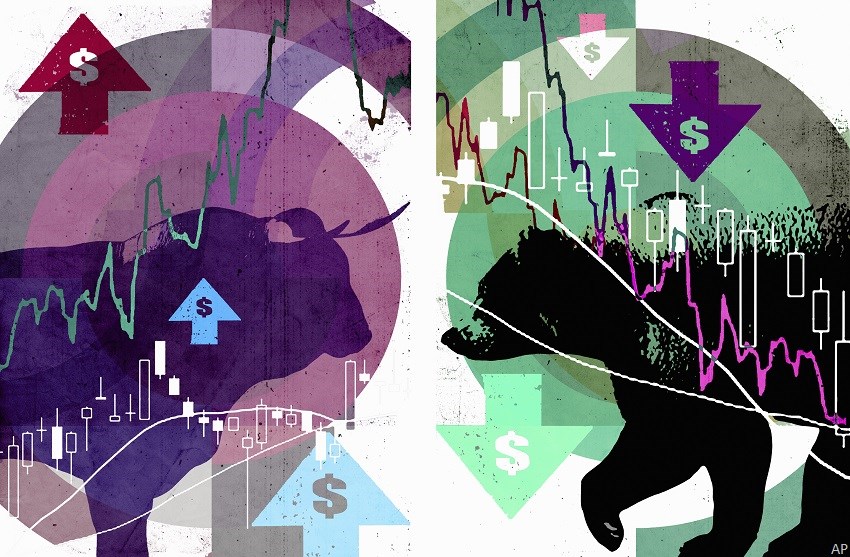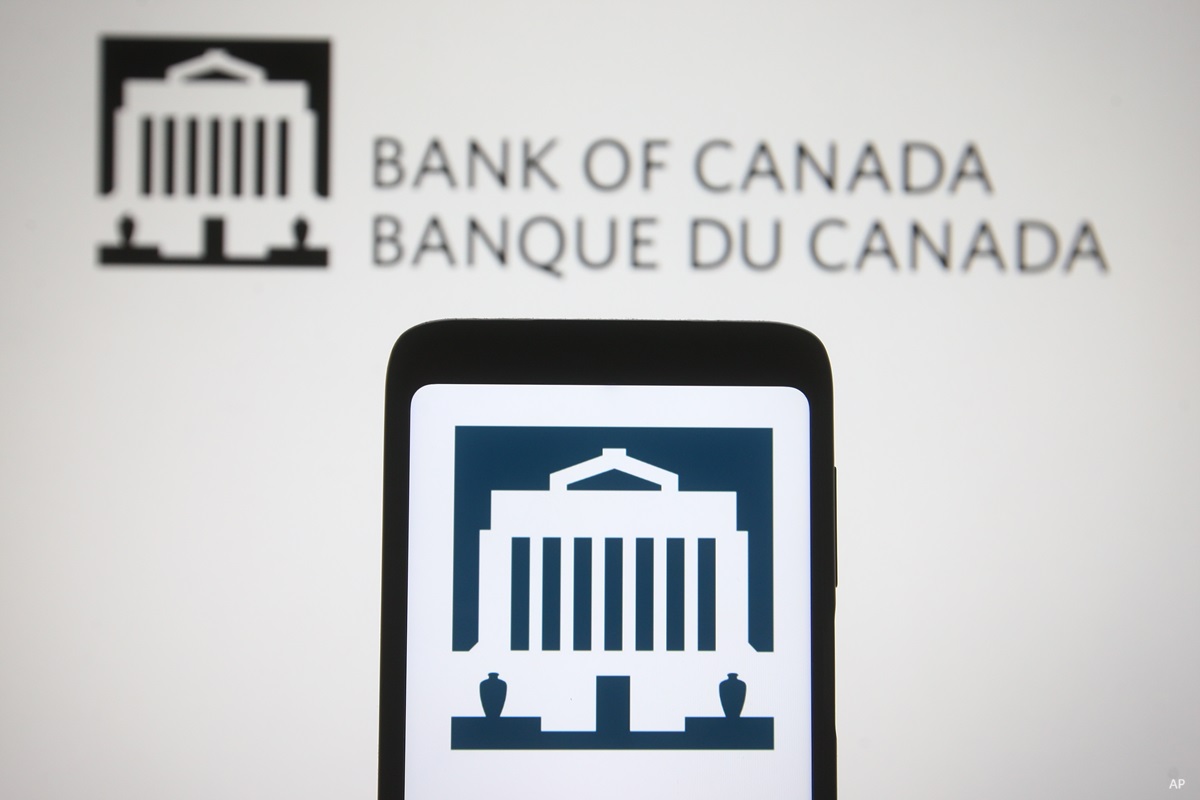
Since the end of 2021, Canadian 10-year bond yields have more than doubled, rising from 1.38% to 2.75% on April 14. Over the same period, 10-year U.S. Treasury bond yields have moved from 1.5%, to 2.8 %. Such increases indicate that the bond markets “are calling a recession”, says Yannick Desnoyers, Vice-president, Economy, at Addenda Capital.
On the other hand, after the sharp losses of January, stocks have mounted a rally, at least in Canada. As early as March 17th, The S&P/TSX recovered all its losses and surpassed its high of 21,537 of January 17th. The story is not as clear in the U.S. The S&P 500’s summit of 4,793 in early January has not yet been replicated, though stocks have worked hard to rally, presently struggling to find a definite direction.
What side of the equation should investors trust? Sell? Or buy? Desnoyers, an economist and bond specialist who has also worked more than 10 years for the Bank of Canada, thinks the signal is to buy, as does Philip Petursson, Chief Investment Strategist at IG Wealth Management. Here’s why.
What Yield Curve Inversion?
A recent key traumatic moment has been the inversion of the yield curve, when the yield of 2-year bonds surpassed that of 10-year bonds. That is usually interpreted as a signal announcing a coming recession. “Contrary to what we believe, yield curve inversions have not always been followed by recessions,” Desnoyers explains, though each recession has been preceded by a curve inversion.
A yield curve inversion is a necessary ingredient to predict a recession, but insufficient in itself. For one, the inversion needs to hold for a certain time. As Petursson points out, “this barely lasted two days.”
Furthermore, Desnoyers and Petursson both highlight the fact that a reliable recession signal also requires a rise in unemployment and a tangible weakening of many advanced economic indicators, such as housing starts, new equipment orders, international trade levels, retail inventories, etc. Apart from a transitory inversion of the yield curve, none of the above hold.
But even the yield curve inversion is an inadequate indicator at this moment, explains Desnoyers. “The slant of the curve is distorted by the Federal Reserve that’s been buying masses of bonds” through its quantitative easing program. To cancel that distortion, we should correct the curve by about 90 basis points. “Without QE, 10 year yields would be 90 basis points higher, and that would cancel the curve inversion.” Indeed, such a correction would considerably widen the spread between 2-year and 10-year yields, cancelling all recessionary signals.
To Desnoyers, the bond market’s prediction of a recession is wrong because it does not correct for the effect of quantitative easing.
A Recession Could Happen in the Future
That’s not to say that a recession is not on the horizon, Desnoyers adds, but it might not show up next month, or next year, even. Petursson doesn’t expect it for another 18 months. But it is inevitably coming, they both believe – and it will be deliberately provoked by the U.S. Federal Reserve waiting too long to start raising rates in order to compensate for inflation.
To correct inflation, the Fed needs to bring back real interest rates (the difference between nominal rates and the inflation rate) in positive territory. Presently, they are in very negative territory, at -5,85%, Desnoyers points out, who notes that we haven’t seen anything like that since World War 2. To start bringing back rates on the positive side, the Fed will need to rise its overnight rate to at least 3.5% - if inflation backs down to about 3%.
We are far from that, and the stock market seems to know it. If the Fed and the Bank of Canada follow their announced plan, rates will have risen only to 2% by the end of 2022, which still leaves a lot of space for stock markets to run.
The present rise in rates doesn’t trouble David Sekera, Chief U.S. market strategist at Morningstar. “We’re only getting back to normalized levels,” he says, expecting inflation to dial back to 3% by the end of 2022.
“As long as the rise in rates remains gradual, conditions should not represent much of a headwind for the stock market.” It’s only a precipitated rise by central banks “that could cause a worry for stock markets,” Sekera notes, but that is not a major concern for him.
According to Desnoyers, the recent re-pricing of stocks was not really due to recession fears by investors, but simply because they were anticipating the rise in rates while the bond market started to become competitive again. So investors started revising expected price/earnings ratios. In fact, “with inflation, margins will increase a lot since companies will be able to pass prices on to consumers who are simply continuing to buy.”
Now’s the Time to Buy
So, buy. What? Value stocks first and foremost, “which have good tailwinds for the remainder of this year,” Sekera says, who certainly favours buying over selling at this point, adding: “Large and mid-cap stocks are pretty fairly valued right now, while small-caps are undervalued.” And now, growth stocks are presenting new opportunities: “They’re fairly valued at this point and not far behind value stocks.”
But investors “should retain a balanced portfolio,” Sekera notes. And that means buying bonds also. “In a rising rate environment, the best place to be will be in the middle of the yield curve, around 5-year maturities.” Also, investors should keep an eye on high-yield bonds, “another area I’m comfortable with, Sekera continues. They’ve been recovering in the last few weeks along with the stock market, considering that GDP should grow by 3.5% this year, and by 3% next year. That’s positive for high-yield bonds as it keeps defaults pretty low and increases the number of potential rating upgrades.”



















